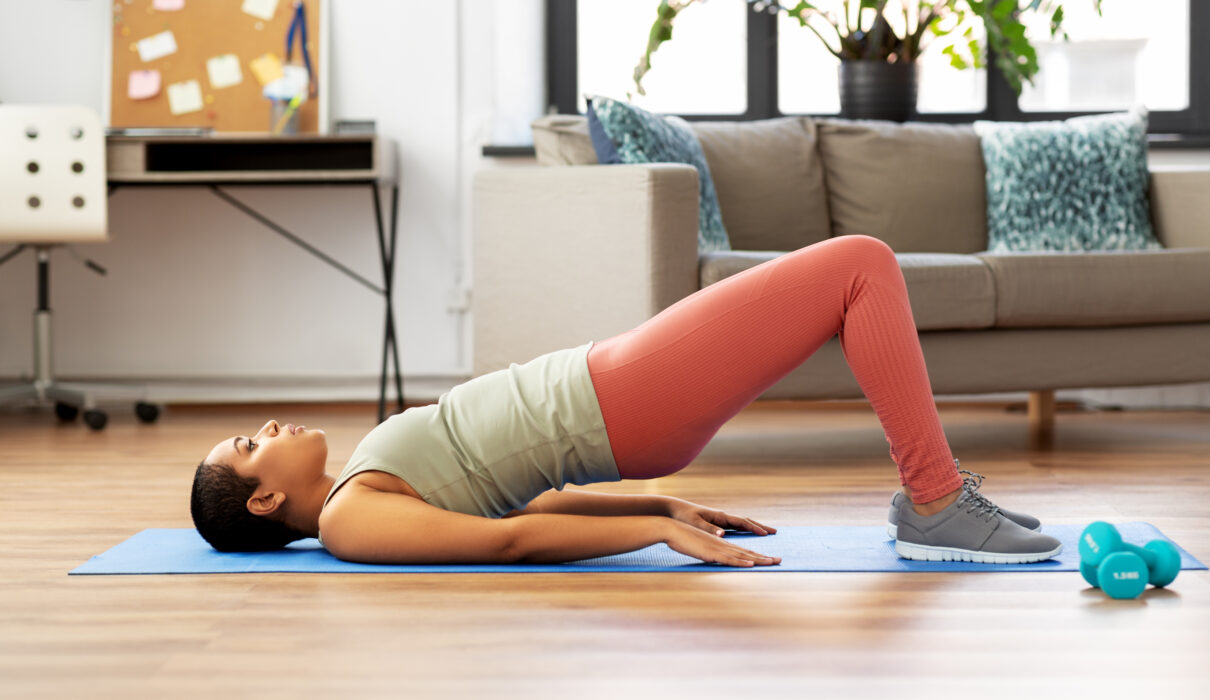Pelvic floor disorders, including pelvic organ prolapse, urinary incontinence, and faecal incontinence, can significantly impact a person’s quality of life. While conventional treatments such as medication, physical therapy, and surgery are often effective, many individuals seek alternative therapies to complement or enhance their existing treatment plans. Get insights from a leading female surgeon and pelvic floor specialist into various alternative therapies for pelvic floor problems, examining their effectiveness, safety, and potential benefits.
Acupuncture
Acupuncture, an ancient Chinese healing technique, involves the insertion of thin needles into specific points on the body to promote balance and relieve pain. Some studies suggest that acupuncture may help alleviate symptoms of pelvic floor problems by improving blood flow, reducing inflammation, and stimulating the release of endorphins, the body’s natural painkillers. However, more research is needed to determine the efficacy of acupuncture as a standalone treatment for pelvic floor disorders.
Biofeedback
Biofeedback is a therapeutic technique that teaches individuals to control involuntary bodily functions, such as muscle contractions, by providing real-time feedback on physiological processes. For pelvic floor problems, biofeedback is often used by pelvic floor specialists to help patients strengthen and coordinate their pelvic floor muscles, leading to improved bladder and bowel control. Research has shown that biofeedback can be effective in treating urinary incontinence and faecal incontinence, especially when combined with pelvic floor exercises and behavioural therapy. Remember, you can always request a female surgeon and specialist, as this can help you feel more comfortable!
Herbal Remedies
Herbal remedies, including supplements and teas containing herbs such as saw palmetto, ginseng, and cranberry extract, are sometimes used to manage symptoms of pelvic floor problems. While some people report symptom relief with herbal remedies, scientific evidence supporting their efficacy is limited. Additionally, herbal remedies can interact with medications and may not be suitable for everyone, so it’s essential to consult with a healthcare provider before using them.
Yoga and Pilates
Yoga and Pilates are mind-body exercises that focus on strengthening and stretching the muscles of the pelvic floor, abdomen, and lower back. Both practices emphasise proper posture, breathing techniques, and mindful movement, which can help improve pelvic floor function and alleviate symptoms of pelvic floor disorders. Some studies have shown that regular practice of yoga or Pilates may reduce urinary incontinence and pelvic pain, although more research is needed to confirm these findings.
Dietary Modifications
Certain dietary modifications may help manage symptoms of pelvic floor disorders, particularly those related to bowel function. For example, increasing fibre intake can help prevent constipation and improve bowel regularity, reducing strain on the pelvic floor muscles. Similarly, avoiding bladder irritants such as caffeine, alcohol, and spicy foods may help reduce urinary urgency and frequency in individuals with overactive bladder. Working with a registered dietitian or nutritionist can provide personalised guidance on dietary modifications for pelvic floor health.
Hypnotherapy
Hypnotherapy, a form of therapy that uses guided relaxation and focused attention to achieve a trance-like state, has been explored as a treatment for pelvic floor disorders. Some studies suggest that hypnotherapy may help alleviate symptoms of irritable bowel syndrome (IBS), a condition closely linked to pelvic floor dysfunction, by reducing stress and improving gut-brain communication. However, more research is needed to determine the effectiveness of hypnotherapy specifically for pelvic floor disorders.
Pelvic Floor Massage
Pelvic floor massage involves the manipulation of the muscles and connective tissues in the pelvic region to release tension, improve circulation, and promote relaxation. While pelvic floor massage is often used as part of pelvic floor physical therapy, some individuals may also seek out massage therapists who specialise in pelvic floor problem. Although anecdotal evidence suggests that pelvic floor massage may provide symptom relief for some individuals, more research is needed to evaluate its effectiveness as a standalone therapy.
While conventional treatments remain the cornerstone of care for pelvic floor disorders, alternative therapies can offer additional options for symptom management and holistic wellness. However, it’s essential to approach alternative therapies with caution and discuss them with a healthcare provider before incorporating them into your treatment plan. By exploring alternative therapies alongside evidence-based treatments with a top pelvic floor specialist and female surgeon, you can take a proactive approach to managing your pelvic floor problem and symptoms, improving your comfort and quality of life.


